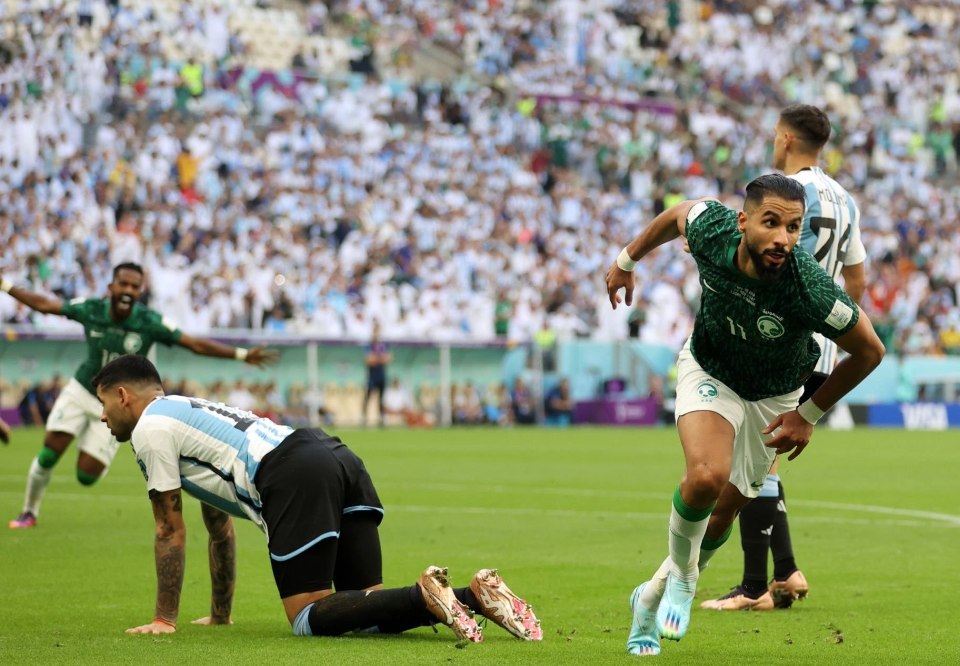
The World Cup schedule is divided into two stages: the qualifying stage and the final stage. The qualifying stage of the World Cup is divided into six regions, namely Europe, South America, Asia, Africa, North America and Oceania, each region needs to formulate qualifying rules according to the actual situation of the region, and the representative team of each FIFA member State (region) that has signed up for the World Cup needs to conduct qualifying matches in the region. For a place in the World Cup finals.
From 2026, the World Cup finals will be expanded to 48 teams, and the host country can directly obtain the final stage places.
In addition to the host country, the other places are allocated by FIFA according to the football level of each qualifying zone, and different qualifying zones will have different numbers of final stage places.
Since the third World Cup in 1938, it has been stipulated that the defending champion and the host country can qualify directly. However, due to the poor performance of the defending champion France in the 2002 World Cup in Korea and Japan, FIFA has stipulated that from the 2006 World Cup qualifying tournament, the defending champion needs to participate in the World Cup qualifying tournament in its region, so only the host country can qualify for the final match. South Africa's World Cup hosts have failed to advance from their group, but FIFA has not disqualified them from direct qualification.
The host country of the World Cup finals must be a FIFA member state (region), and the member states (region) need to apply to FIFA (can be jointly applied for hosting), and then voted by all FIFA member States (region).The World Cup trophy is a special award for the FIFA World Cup champion in 1928, which was cast by the famous jewelry technician Friel in Paris.
The model is Nikai, the Greek goddess of victory, dressed in an ancient Roman tunic with her arms outstretched and a large cup in her hand.
The gold cup is 35 cm high and weighs 3.8 kg. It is made of gold plated silver cup and stands on a marble base.
This cup is a mobile prize, and whoever wins the Gold Cup can keep it for 4 years and return it to FIFA before the next cup, so that it can be awarded to a new world champion.
There is also an additional rule: whoever wins the World championship three times will always get the cup.
By the time of the ninth World Cup in 1970, Uruguay, Italy and Brazil had all won the title twice.
Therefore, they have the chance to hold the cup forever, and the result is that Brazil wins first and owns the cup.
FIFA will also have to prepare a new trophy for the next champion.
In May 1971, FIFA held a new Cup review council, and after reviewing 53 schemes, decided to adopt the design scheme of Italian Gazzanha - the design scheme of two strongmen holding up the earth with their hands.
This shape symbolizes the scale of the world's first movement. The new trophy was named the World Cup.
The cup is 36.8 cm tall and weighs 6.175 kg, of which the body of 4.97 kg is cast from genuine pure gold.
The base is made of two layers of malachite, which is extremely valuable.
According to FIFA rules, the new Cup is a mobile prize, no matter how many titles the team wins, it can not permanently own the cup.
Under the base of the World Cup there is a nameplate with the names of 17 World Cup winners - which will last until 2038.

